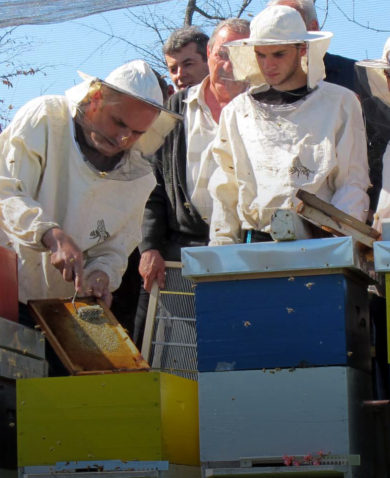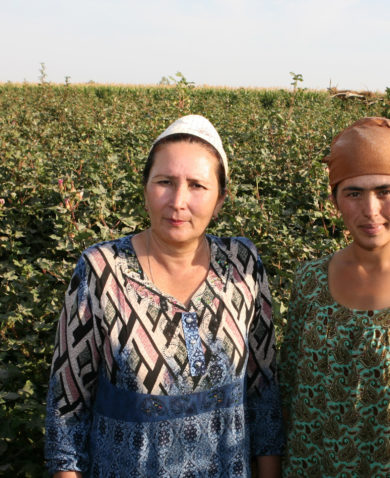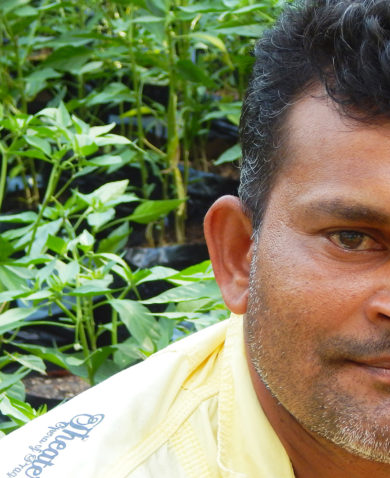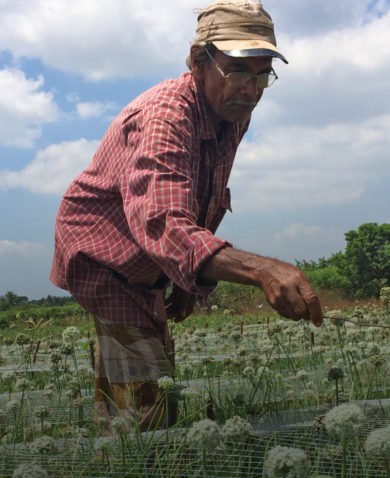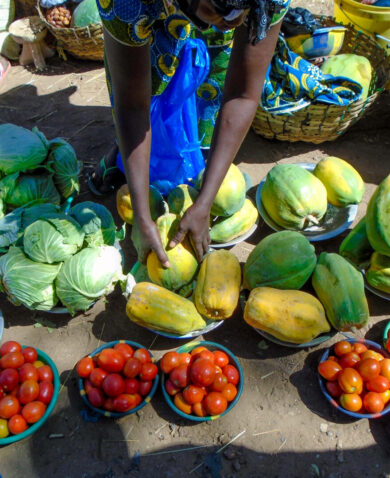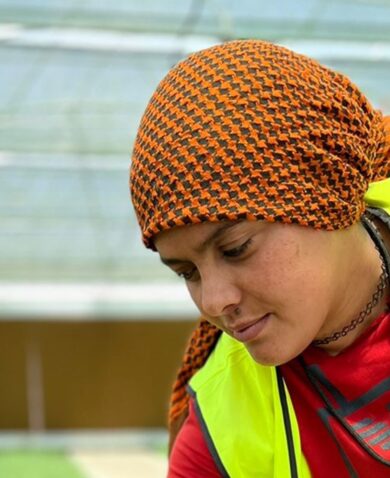
Celebrating Nigeria’s Food and Agriculture Markets
August 4, 2015 | 3 Minute ReadBy putting high-quality, low-cost appropriate technologies and best practices in the hands of hundreds of thousands of rural poor and smallholder farmers while linking them to demand-driven private sector partners, MARKETS II is improving productivity, incomes, resilience, and access to diverse quality food.
This post was originally published by the Global Harvest Initiative, and is cross-posted with permission.
Nigeria has a powerful potential for productive agriculture with linkages to growing consumer demand. Living in Abuja and working in the field of agriculture, I witness this potential of agriculture to help improve the lives of farmers, not only in Nigeria but throughout the West African region. Improving lives of poor, rural farmers is an important part of a peacebuilding strategy to provide human security and food security to Nigeria and West Africa.
A recently released report by the United Nations Food and Agriculture Organization (FAO), “Agricultural Growth in West Africa: Market and Policy Drivers,” highlights how the rapidly increasing West African population along with an expanding middle class are “catalyzing greater diversity in consumer food demands.” The report also describes how these countries are relying on food imports to meet demand in urban food markets for higher quality and volumes of food, as well as consistent supply. The report suggests “the only way to ensure these consumers’ access to low-priced food while simultaneously enhancing producers’ incomes is through raising productivity and efficiency throughout the agrifood system.” Part of the solution includes, “strengthening the linkages between market-oriented family farms and their organizations with agribusiness of all sizes to enhance access to markets, inputs and support services. Special attention should be placed in supporting women entrepreneurs, who play a key role in the agrifood system from farming through retail, and to youth.”
Today a multi-partner approach to achieving these goals is being implemented in Nigeria, where 68 percent of the population lives in poverty, living on less than $1.25 per day, and 66 percent live on less than $1.00 per day in rural areas.The Maximizing Agricultural Revenue and Key Enterprise in Targeted Sites (MARKETS II) is USAID/Nigeria’s flagship project funded by the United States Government’s Feed the Future initiative. The project works closely with Feed the Future and the Federal Ministry of Agriculture and Rural Development (FMARD) to promote Nigeria’s agricultural policies, and with the State Governments’ Agricultural Development Program (ADP) for extension services using a Public Private Partnership (PPP) model.
By putting high-quality, low-cost appropriate technologies and best practices in the hands of hundreds of thousands of rural poor and smallholder farmers while linking them to demand-driven private sector partners, MARKETS II is improving productivity, incomes, resilience, and access to diverse quality food. The project plays a key role in scaling up agricultural technology interventions across aquaculture, cassava, cocoa, maize, rice, sorghum, and soybean value chain production systems to meet market demand and fight rural poverty. Farmers and consumers benefit from improved productivity and more sustainable market systems.
Between April 2012 and March 2015, MARKETS II went from benefiting 65,808 to 691,233 rural households (950 percent increase) with agriculture, food security assistance, and access to finance. Farmers participating in the program have sold 1,596,557 metric tons (MT) of commodities to-date, earning $709 million from these sales, and the program has generated $17 million in private sector investment. MARKETS II also has reached 32,546 vulnerable households by targeting agricultural value chain segments that are more favorable for the involvement of women and youth, such as service providers, processing, and micro-enterprises.
MARKETS II success in the rice value chain highlights the critical linkages between smallholder farmers and agribusiness to improve productivity and efficiency, and meet demand. MARKETS II worked with rice millers to make an informed selection of long-grained varieties, which are preferred by millers and consumers. Project smallholder rice farmers went from producing the national average of 2.5MT/hectare to averaging 6MT/hectare for irrigated dry-season rice while increasing their gross margins by 97 percent. In three years, MARKETS II worked with 67,316 rice farmers, contributing 1,032,194MT of rice to the domestic food supply.
Nigeria has shown that prioritizing agriculture investments can reduce poverty and empower women. It is our hope that programs like MARKETS II can be extended throughout other key parts of the country and the region in the future.












